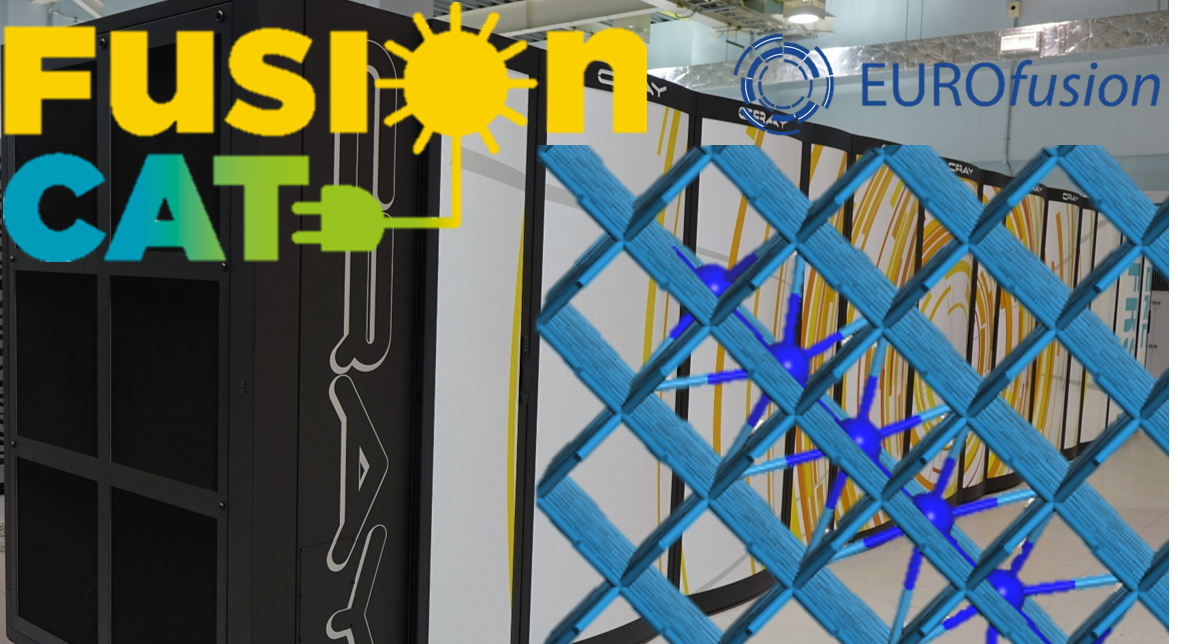
We are glad to announce that a joint EU-Japan HPC project led by the BSC Fusion Group’s researcher Julio Gutiérrez has been recently granted 350K node-h (14,000,000 core-h). The project will run over one year on the Japan Fusion Reactor Simulator (JFRS-1), located at the Computational Simulation Centre of the International Fusion Energy Research Centre (IFERC-CSC) in Rokkasho (Aomori, Japan).This collaborative call is coordinated within the Broader Approach Agreement between Europe and Japan and promoted by Fusion for Energy (F4E) and the National Institutes for Quantum and Radiological Science and Technology (QST), Japan’s operation base for the ITER project.
The design of appropriate reactor components is one of the big challenges of DEMO design activities, and it is critical for the use of nuclear fusion as a clean and safe energy source. Tungsten (W) is one of the best candidates for plasma-facing components due to its strength and high stability. However, defects produced by high-energy neutron irradiation and heat loads, and the further concentration of light impurities at defects, may have a detrimental effect on tungsten’s structure. Understanding the fundamental nature of these defects is key to building predictive models of microstructure evolution under irradiation. The proposed BigDFT4W project will be developed within the framework of the FusionCAT project. We will carry out a detailed ab-initio study on the structural stability of defects and light species using the Linear Scaling Density Functional Theory (LS-DFT) methods implemented within the BigDFT code. The outcomes from the proposed calculations are key to improve our understanding of the fundamental properties of W and will show, for the first time, the possibility of simulating large-scale defective metallic systems with DFT calculations.
This project counts with the BSC Fusion Group’s researchers Julio Gutiérrez, Mervi Mantsinen and Xavier Sáez, along with the contribution of the BigDFT developers Stephan Mohr (BSC and NEXTMOL), Laura Ratcliff (Imperial College London, UK) and William Dawson (RIKEN Center for Computational Science in Kobe, Japan), and the participation of Marco Fronzi (Shibaura Institute of Technology in Tokyo, Japan).
The FusionCAT project with reference number 001-P-001722 has been co-financed by the European Union Regional Development Fund within the framework of the ERDF Operational Program of Catalonia 2014-2020, with the support of Generalitat of Catalonia.


1 thought on “Our collaborative EU-Japan HPC simulation project on large-scale ab-initio modelling of Tungsten”